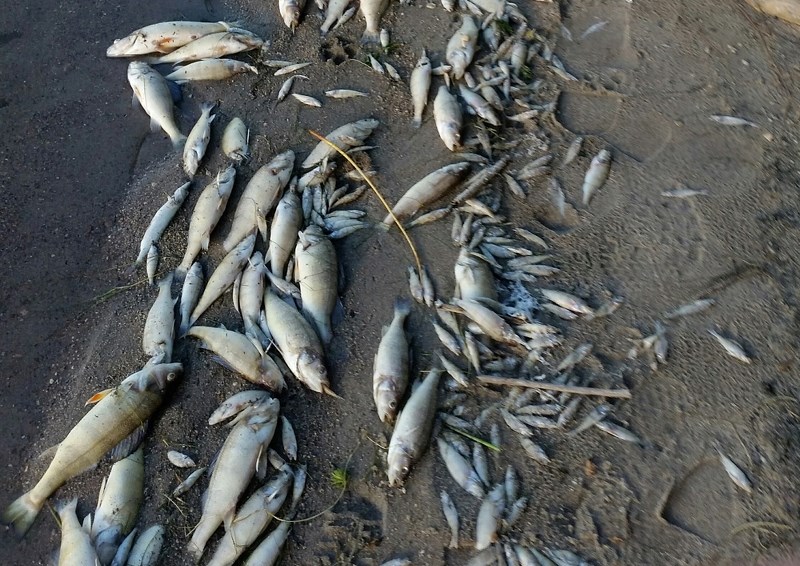News of a major fish kill that occurred at Stoney Lake this past week came as a sad shock to residents and anglers alike.
Ray Makowecki, a fisheries biologist and local resident, confirmed that thousands of fish – including large numbers of yellow perch of all age classes, including perch in the 30 cm size, as well as pike and burbot - were found on the shore and on the lakebed and floating in the lake last week.
He said he received a call from a resident, alerting him to the fish kill, and came to the lake to confirm the news with his own eyes.
“Jeepers, we just couldn’t believe it. A lot of people I talk to, they feel like they lost a brother,” said Makowecki, who is also the Alberta Fish and Game Association Zone 5 Fisheries Director.
While fish kill has been known to happen in Alberta, this kill at the local lake hit close to home for hundreds of fishing enthusiasts, he said, adding, “It’s such a great fishery for so many people.”
But while the location is a popular fishing spot, he notes the fact there were dead fish in the thousands suggests that the harvesting from anglers had not significantly reduced the population of perch.
In late June, Stoney Lake came under a blue-green algae advisory, with plants growing and accumulating over the summer. That blue-green algae was noticeable earlier in the past week, but with cloudy days cutting off sunlight, the plants died, decaying very quickly and using up the dissolved oxygen in the water, explained Makowecki.
“The result was low oxygen for a few hours and that was enough to kill fish. The water looks very clear after these events with little blue-green algae present.”
The fish counts in some areas averaged 60 perch per metre of shore, with less pike and burbot were observed.
When asked how the kill affected the fish population left at Stoney, Makowecki said that the fact that there were large numbers of young small perch suggested this was a “significant kill,” since usually small-sized fish are able to survive lower oxygen better than large-sized fish.
Makowecki noted there are several pressures on lakes, including farming, road building, campsite and cottage development.
“There’s always a bit of organic – over time, it produces lots of fish. If you produce too much, then all of a sudden, bingo, something like this happens,” he said. “It’s a real pity.”
He notes fish habitat protection is the most important factor in managing fish resources and urges that people do whatever they can to reduce nutrient build-up in the lakes, when it comes to fertilizers, garbage, sewage, eroding soils and sediment, etc.
The summer kill of fish at Stoney Lake will likely come up at a meeting scheduled for Sept. 7 at Lac Bellevue Hall to discuss managing fish resources in Alberta. Makowecki urged interested people to come to the meeting, which starts at 7 p.m.



